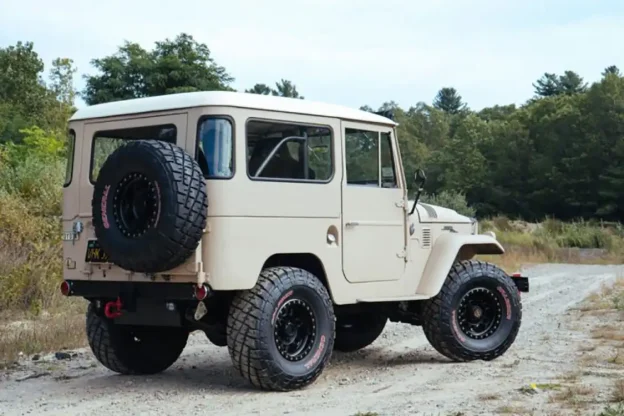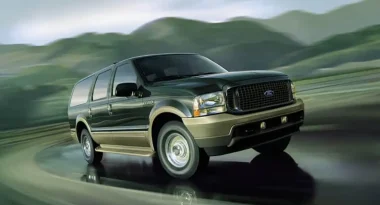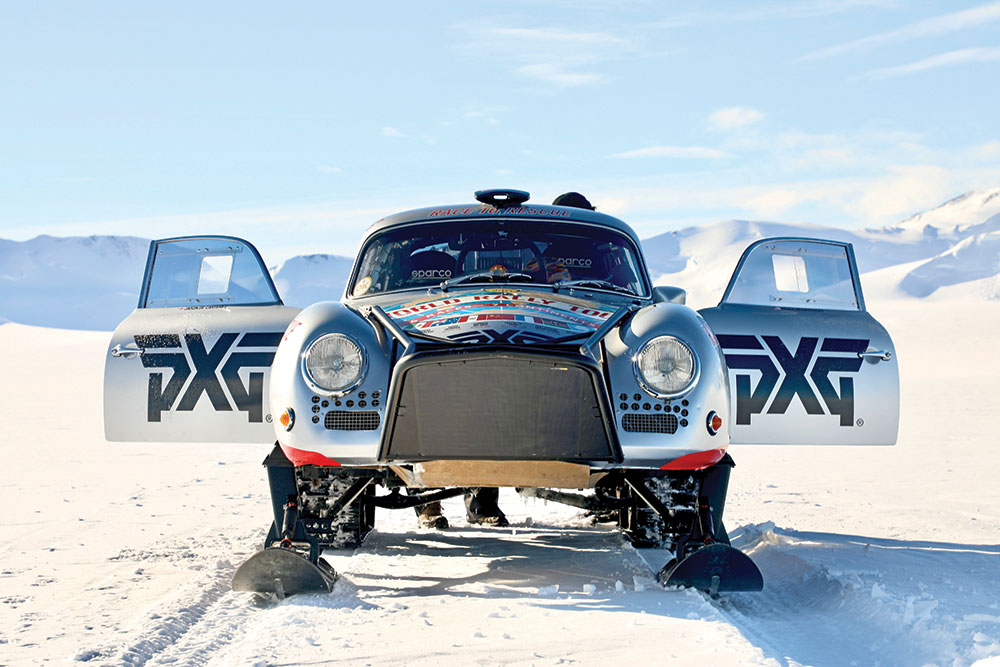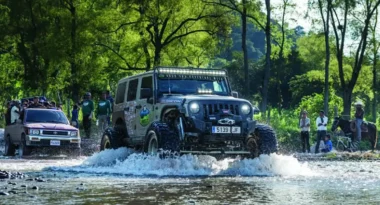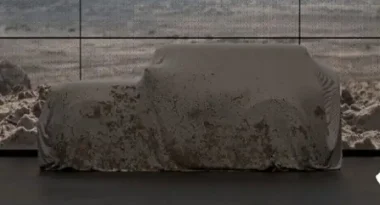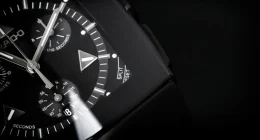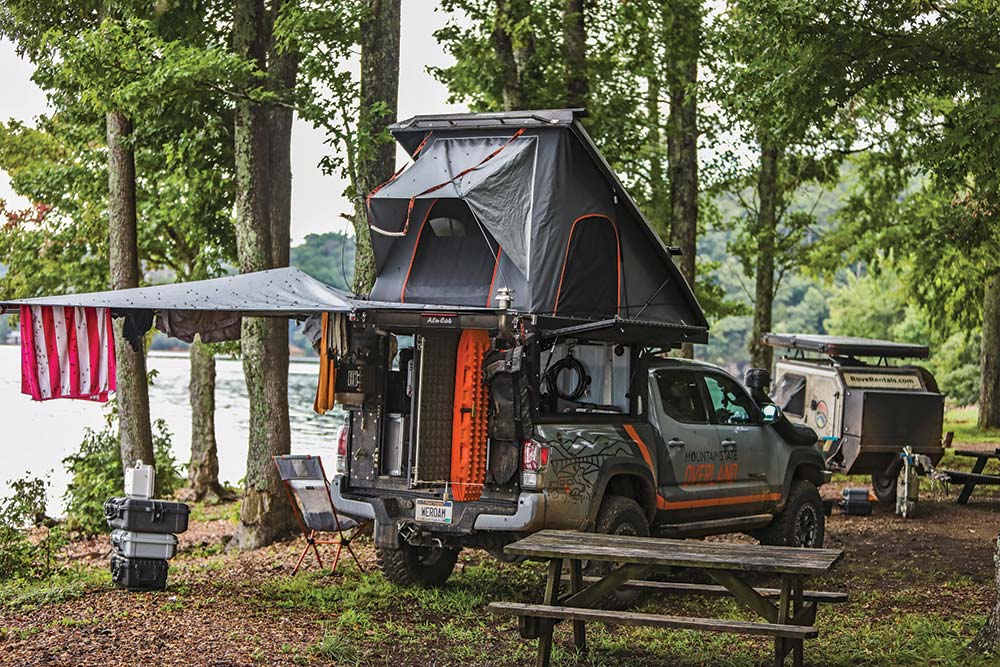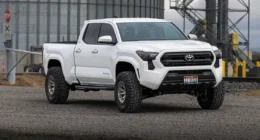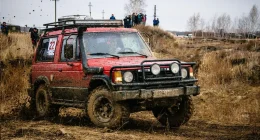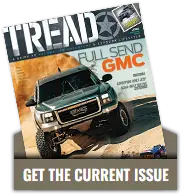Classic Advisory: FJ40
The venerable 40 series Toyota Land Cruiser was built from 1960 to 1984, and was built in a slew of different configurations as a traditional body-on-frame SUV, however the most commonly built was the two-door short wheel base model.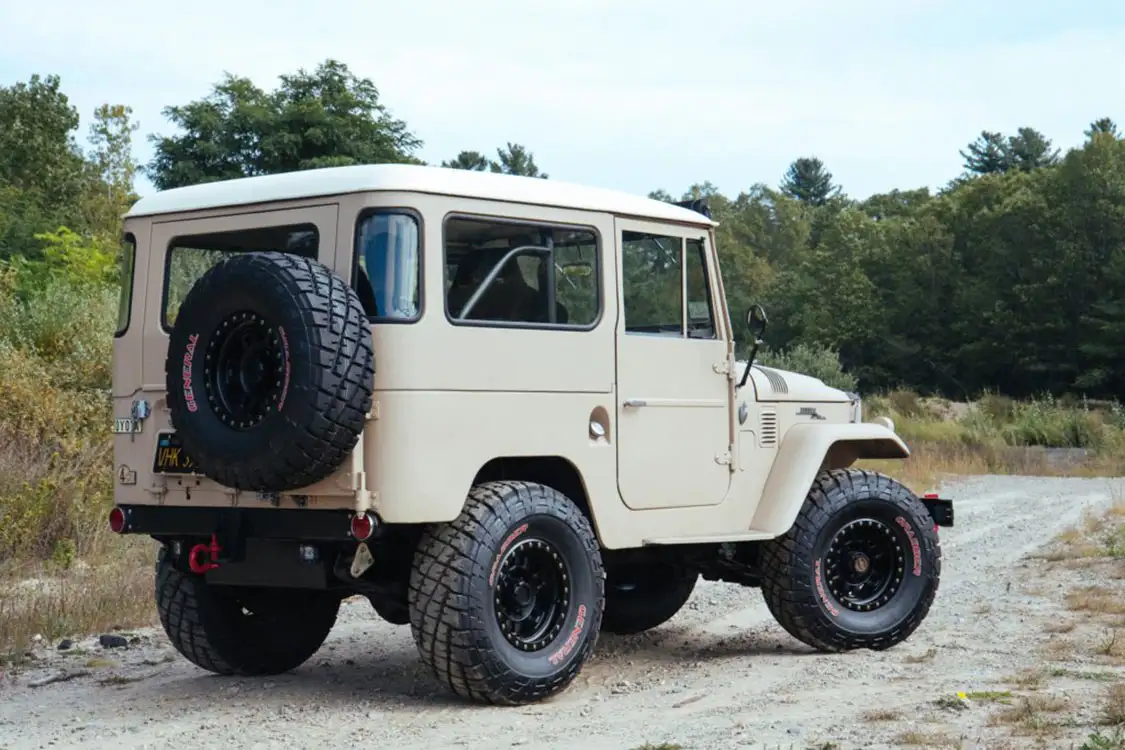 The history of the 40 series starts in 1951 with the Toyota Jeep BJ. This was the creation of Toyota under the orders of Imperial Japan. In 1941 when the IJA (Imperial Japanese Army) occupied the Philippines, they found an old Bantam Mk II Jeep, and promptly sent it to Japan for reverse engineering. The IJA ordered Toyota to disassemble and document the vehicle and build a similar vehicle with a different appearance. The resulting construction was called the Model AK, which then lead to the development of the IJA’s light truck, the AK10. While the AK10 is totally different than the post war Toyota Jeep BJ, the AK10 planted the seed of a light off-road capable vehicle.
The history of the 40 series starts in 1951 with the Toyota Jeep BJ. This was the creation of Toyota under the orders of Imperial Japan. In 1941 when the IJA (Imperial Japanese Army) occupied the Philippines, they found an old Bantam Mk II Jeep, and promptly sent it to Japan for reverse engineering. The IJA ordered Toyota to disassemble and document the vehicle and build a similar vehicle with a different appearance. The resulting construction was called the Model AK, which then lead to the development of the IJA’s light truck, the AK10. While the AK10 is totally different than the post war Toyota Jeep BJ, the AK10 planted the seed of a light off-road capable vehicle.
In 1950, the Korean War created a demand for a light military utility vehicle. The United States, having proven the Willys MB ‘Jeep’ in The War, ordered 100 new Willy’s spec vehicles from Toyota. The Toyota Jeep BJ prototype hit the ground running in 1951, and was larger than the original Willys MB and more powerful. Unlike the Jeep however, it had no low-range transfer case.
In 1951, Toyota’s test driver, Ichiro Taira, drove the next-gen BJ prototype up to the sixth stage of Mount Fuji, the first vehicle ever to do so. The test was observed by the National Police Agency, and who were so impressed by this feat, they quickly placed an order for nearly 290 of the BJs making it their official patrol car.
In 1954, the name “Land Cruiser” was created by the technical director, Hanji Umehara, who was quoted as saying, “In England we had another competitor—Land Rover. I had to come up with a name for our car that would not sound less dignified than those of our competitors. That is why I decided to call it Land Cruiser.”
By 1955, the second series in the new “J” line was introduced, the J20. It was designed to have a more civilian appeal and had more stylish bodywork. This was the start of the iconic FJ40 body work, with really the only visible differences being the design of the grill. The vehicle used a suspension system adapted from the Toyota Light Truck earning a better ride, and had a more powerful 135hp 3.9L inline-six Type F gasoline engine with a three-speed gearbox. The J20 still lacked a low-speed transfer case, but it lead the pack with a synchronized transmission. Starting in 1957, Toyota began experimenting with the modular design of the J20 and introduced long wheel base, truck and station wagon–type models.
Starting in 1960, the 20-series production ended and was replaced by the now classic 40. Toyota made several changes to the production of the 40 by buying new steel stamps and revising the design based on demand and feedback. Mechanically, the FJ40 was given a new 3.9L engine pumping out 126 hp and finally receiving a low-range transfer case. By 1965, the global production of the FJ40 surpassed 50,000 vehicles and the Land Cruiser was the best-selling Toyota in the U.S. In 1973, the 300,000th Land Cruiser was sold worldwide, and the first LWB (Long Wheel Base) Land Cruiser fitted with a diesel engine was introduced for export. Then, 1974 earned the four-cylinder 3.0L B series diesel and 1975 took on the new 4.2L 2F inline-six gasoline engine.
In 1983, the last FJ40s were imported into the U.S. as ‘83 models. It is unknown how many were imported, but it is guessed at around 300. The ‘83 U.S.-spec models bring a very high premium for their rarity, but are not different than the ‘82 models. The last year for the North American Market was 1984 and it was limited to Canada with the diesel BJ42 which had a 5-speed (overdrive) transmission and was widely sought after.

